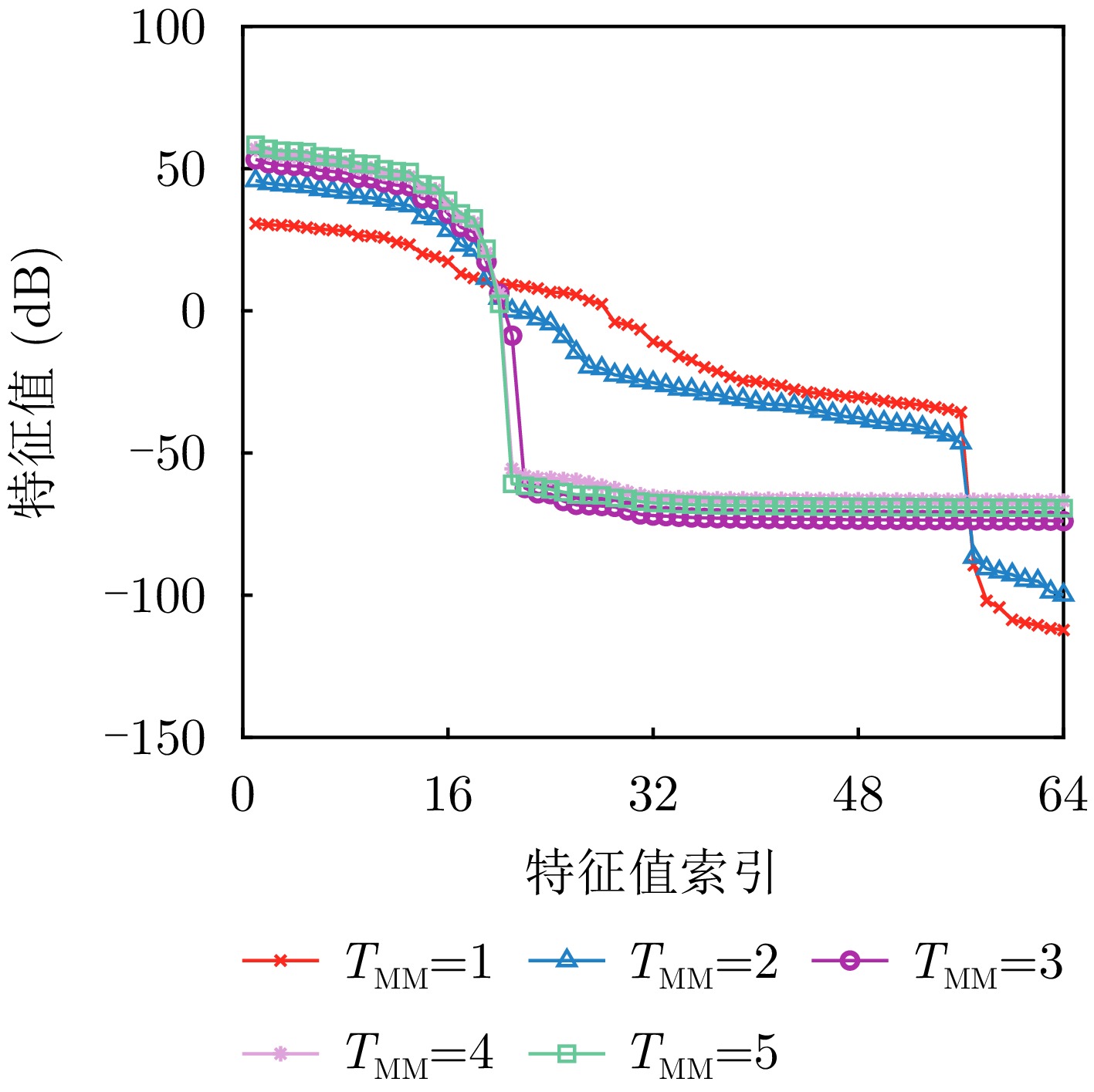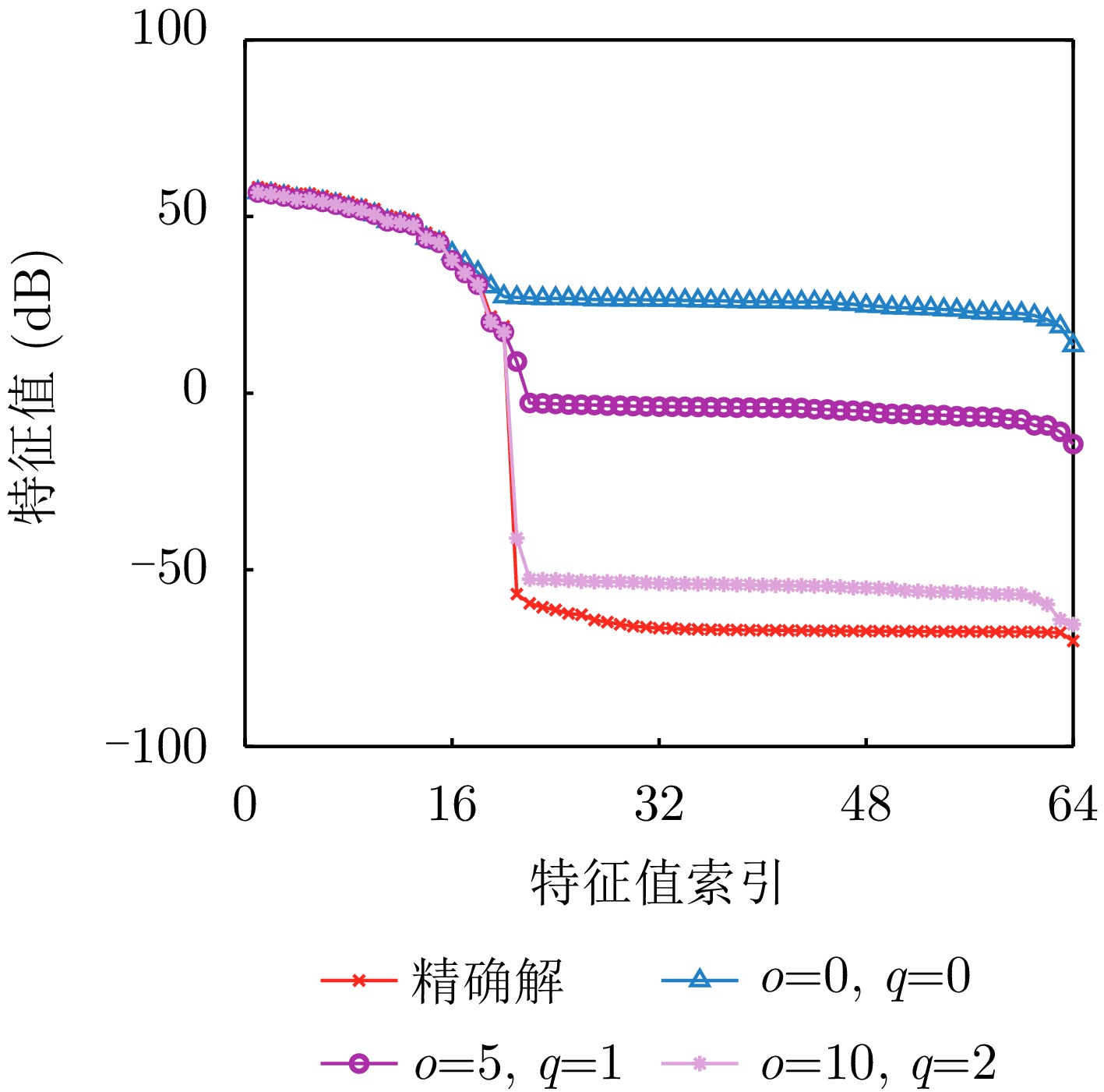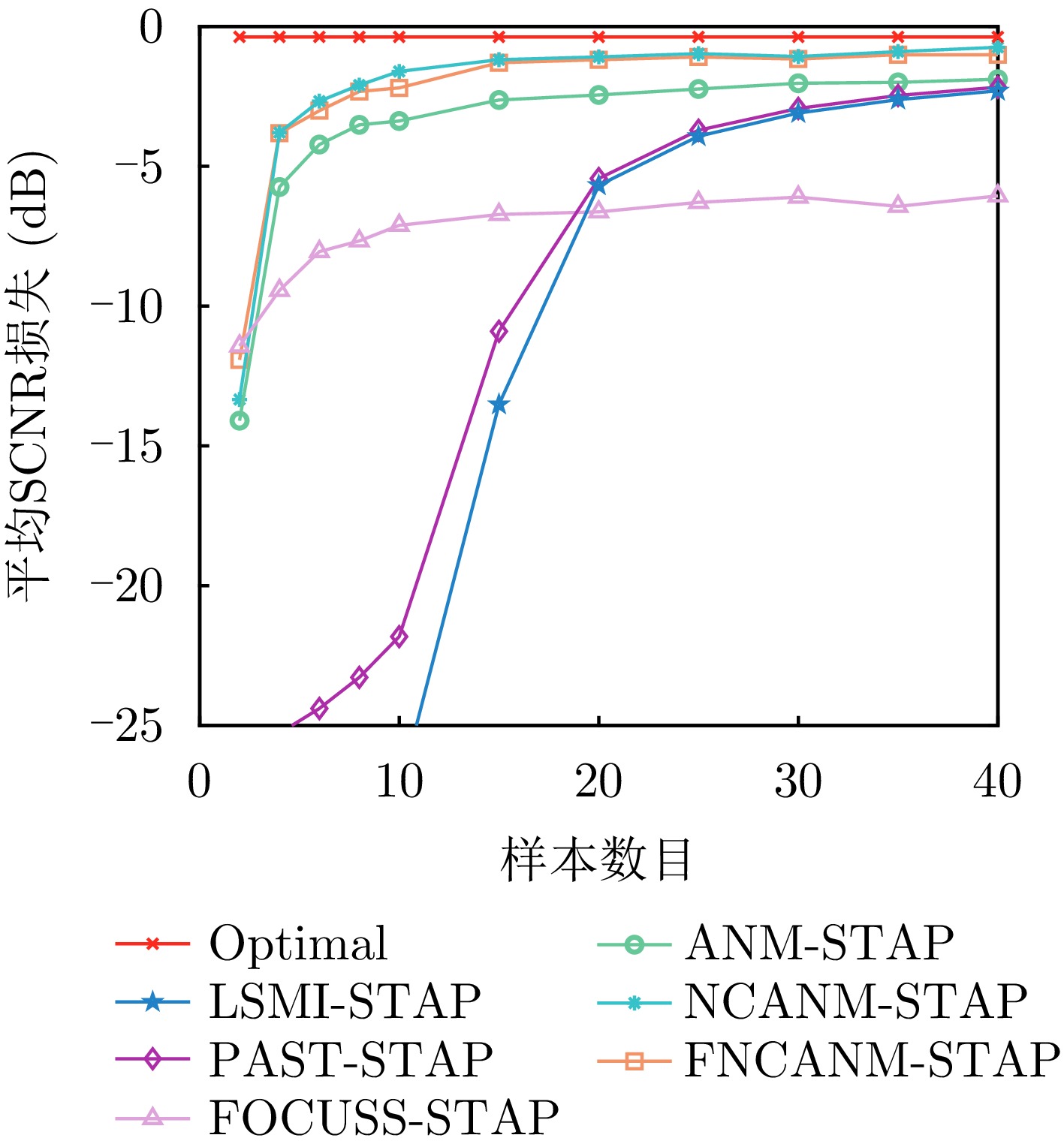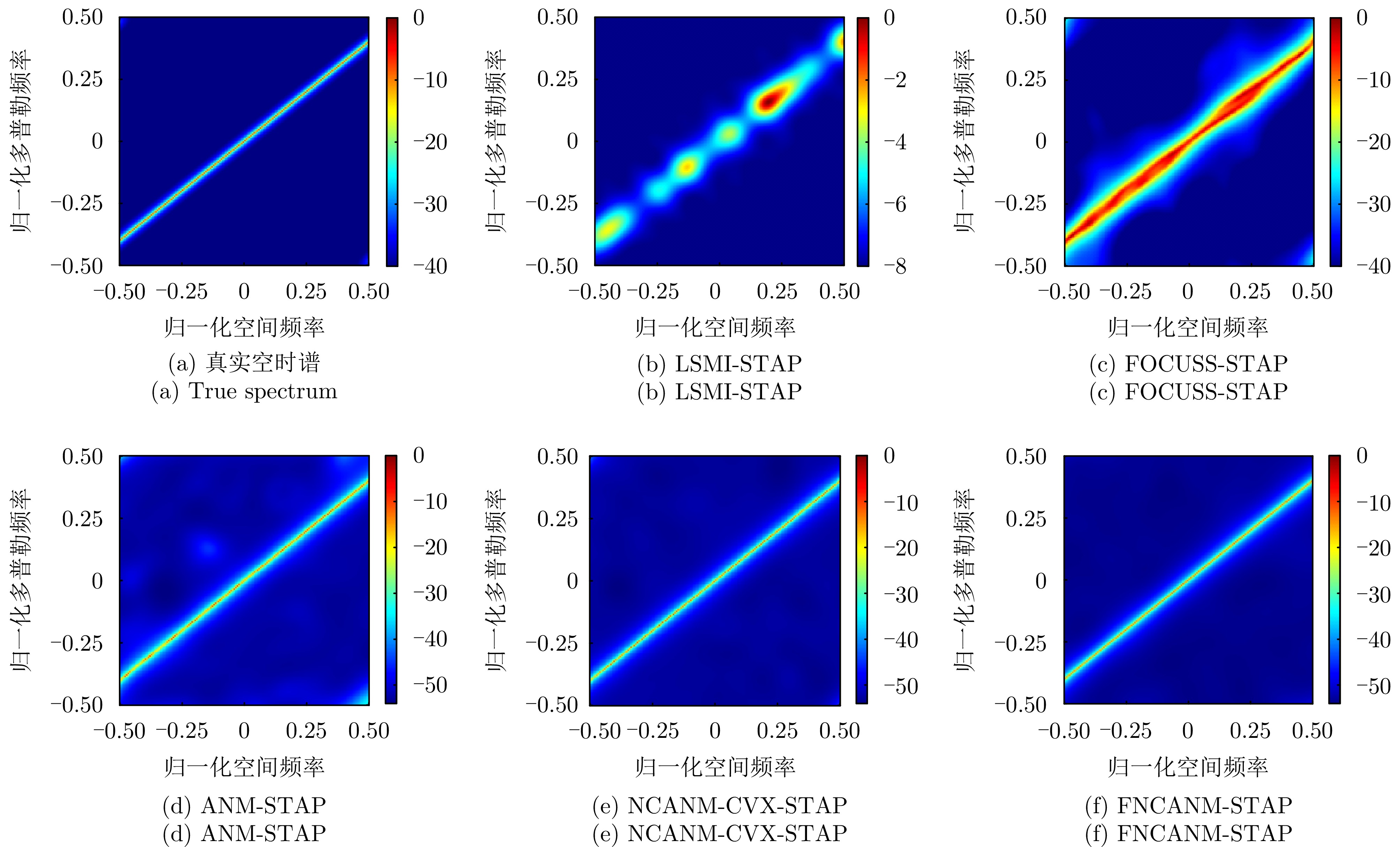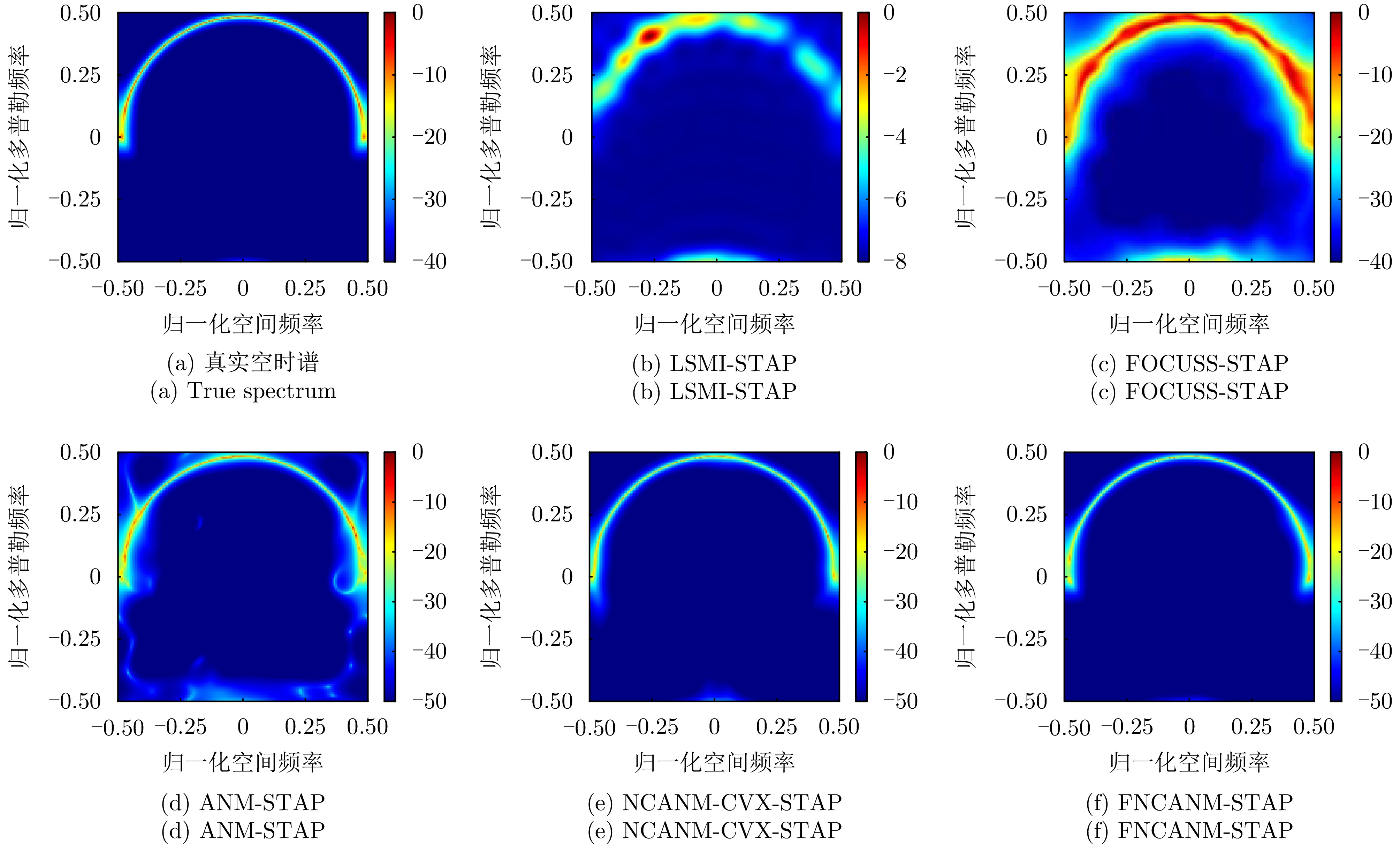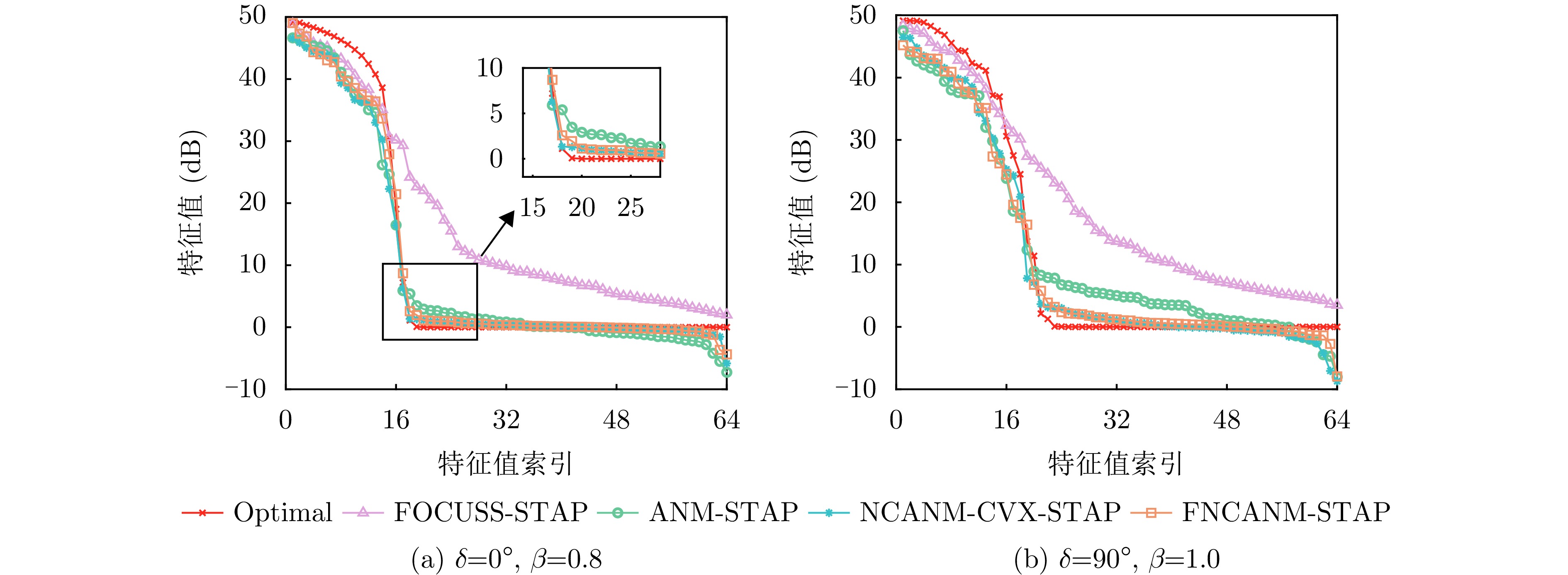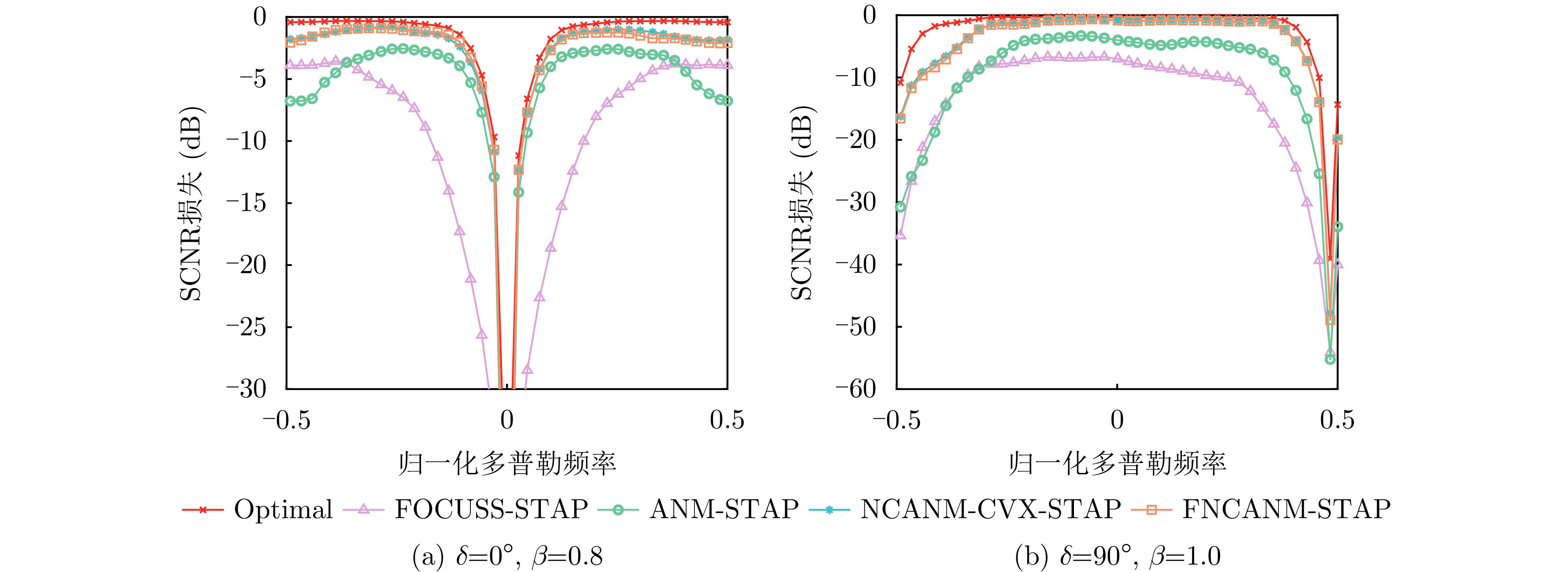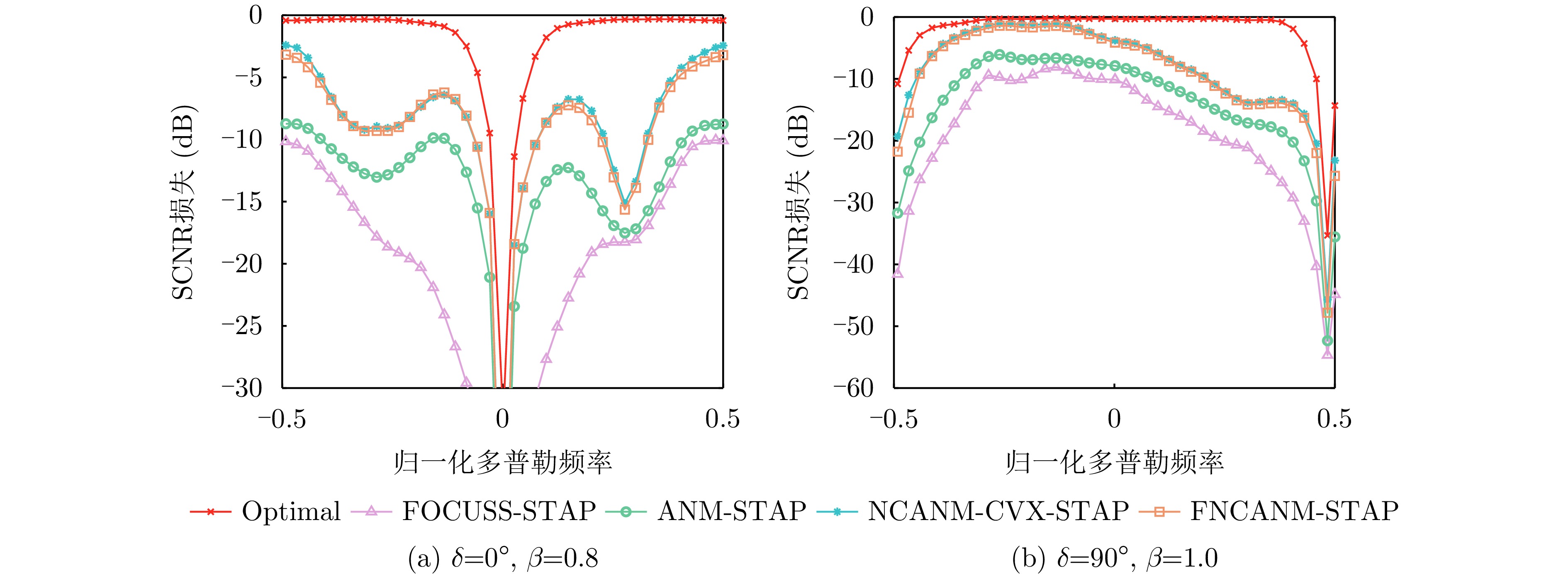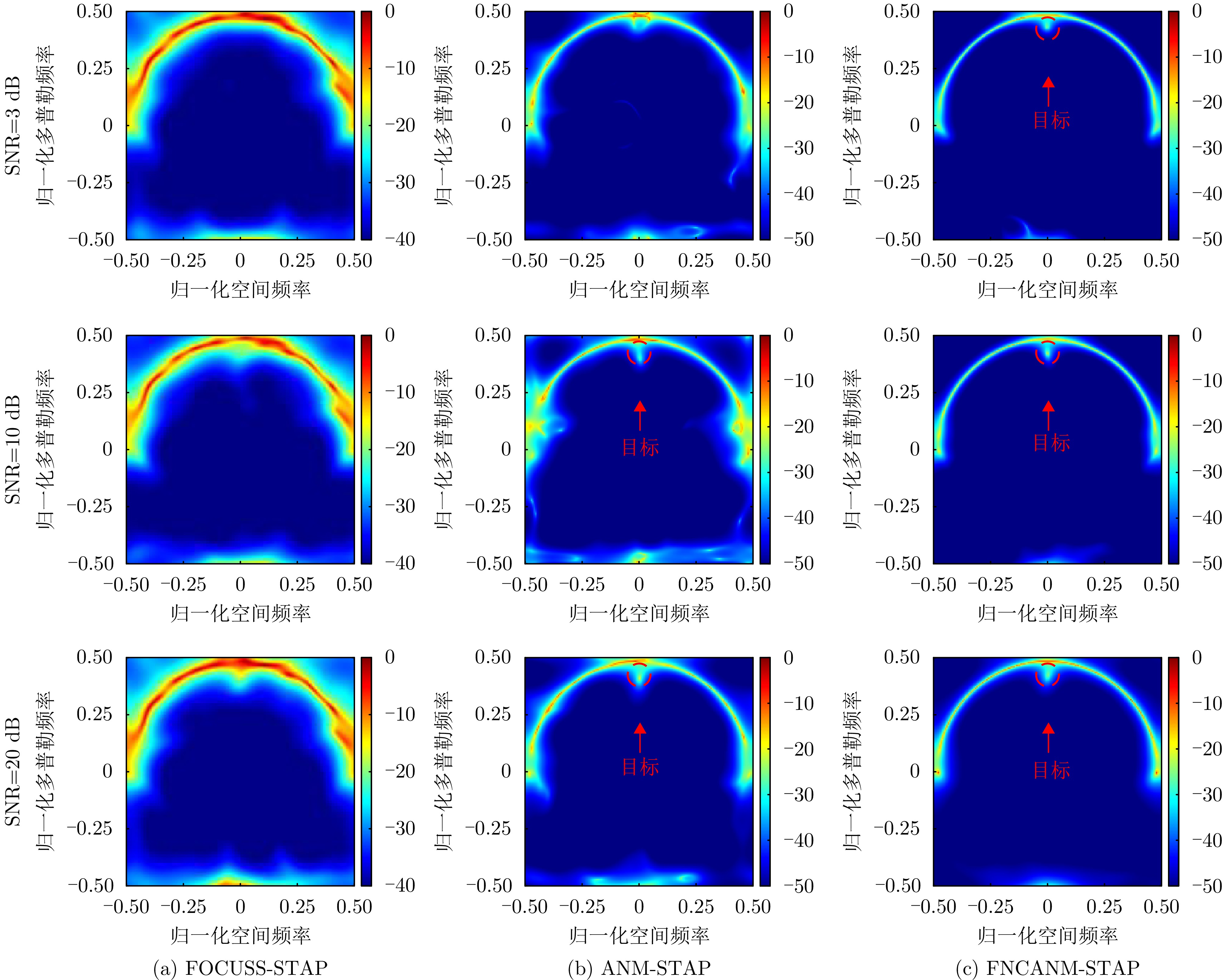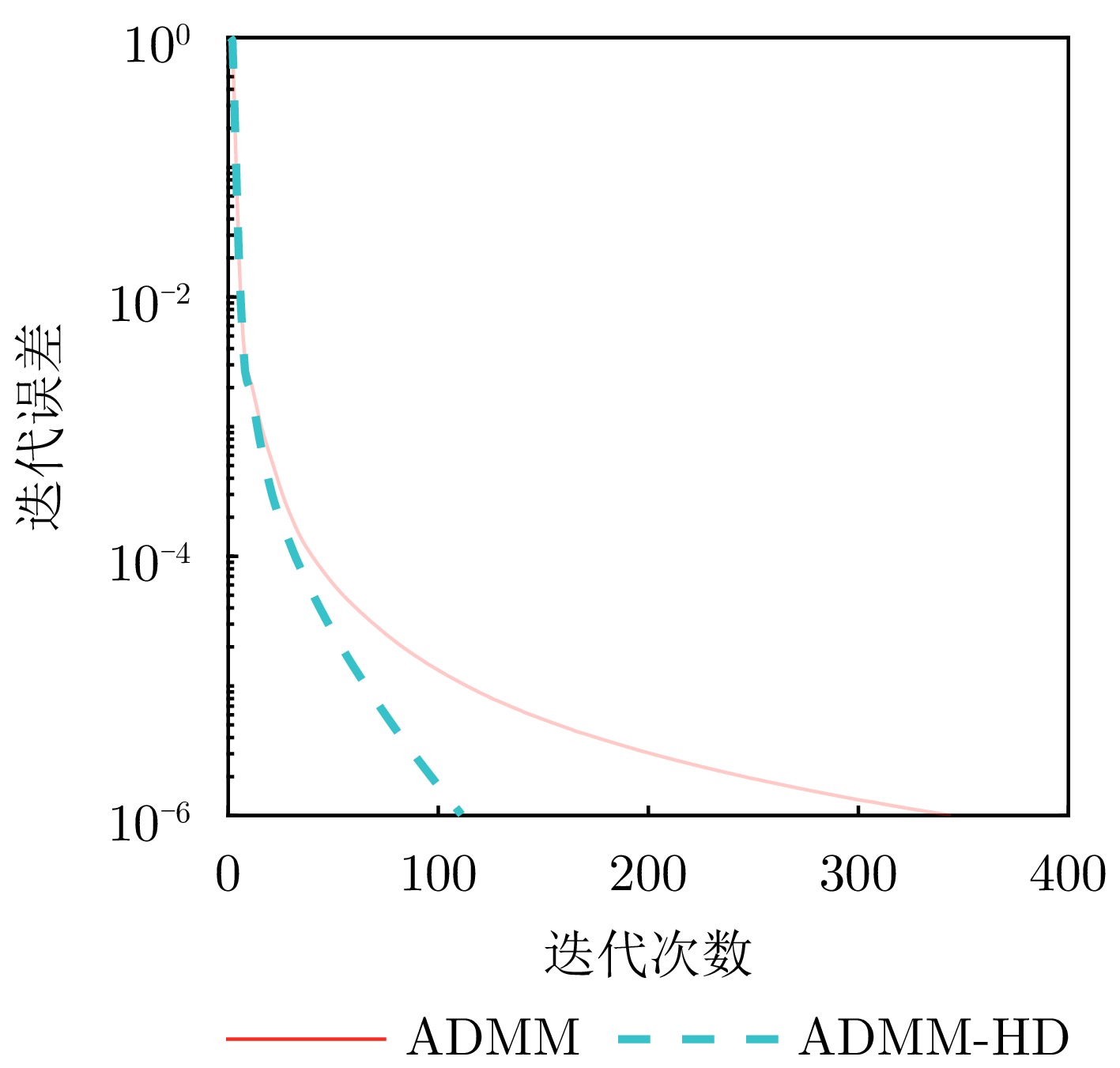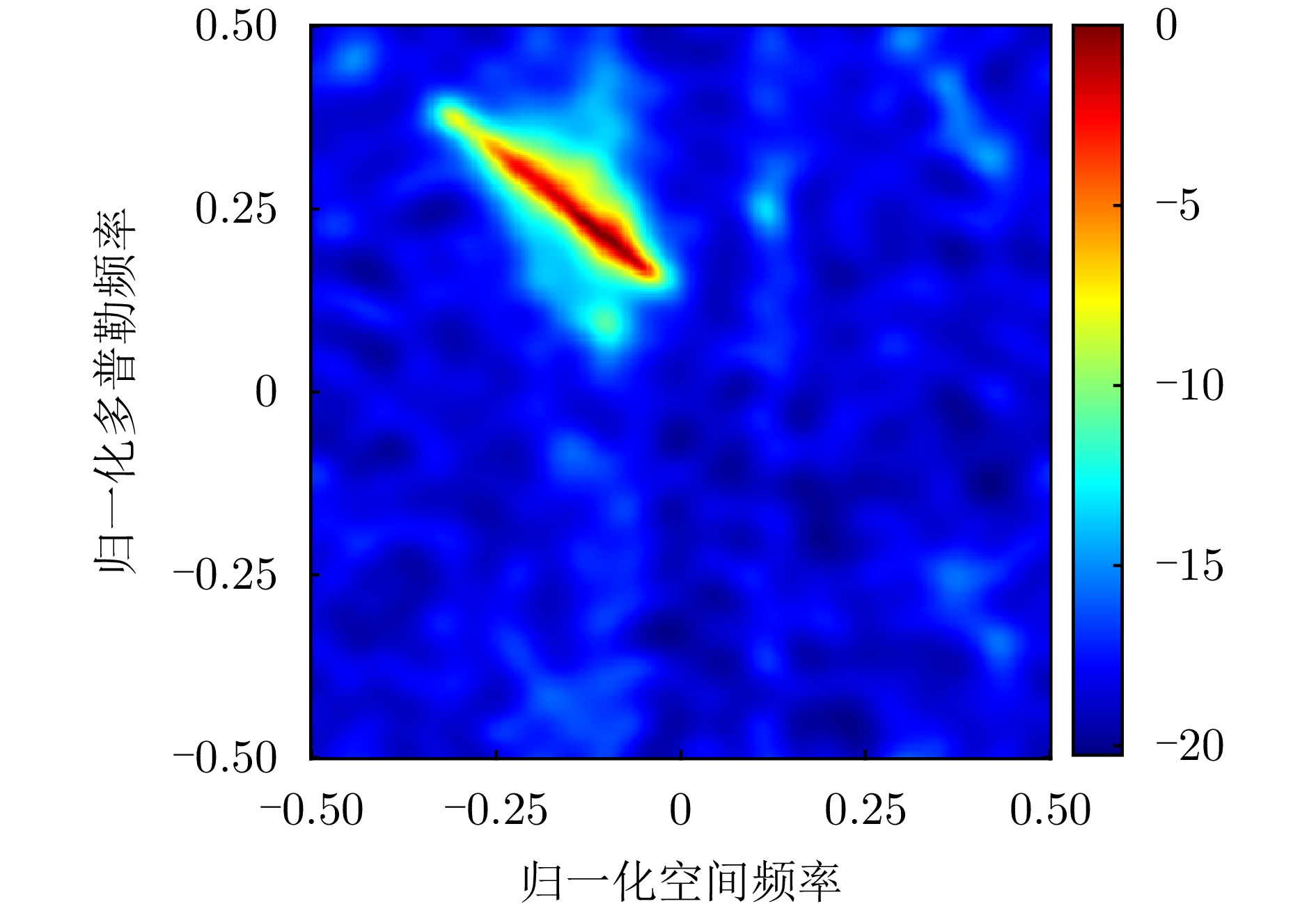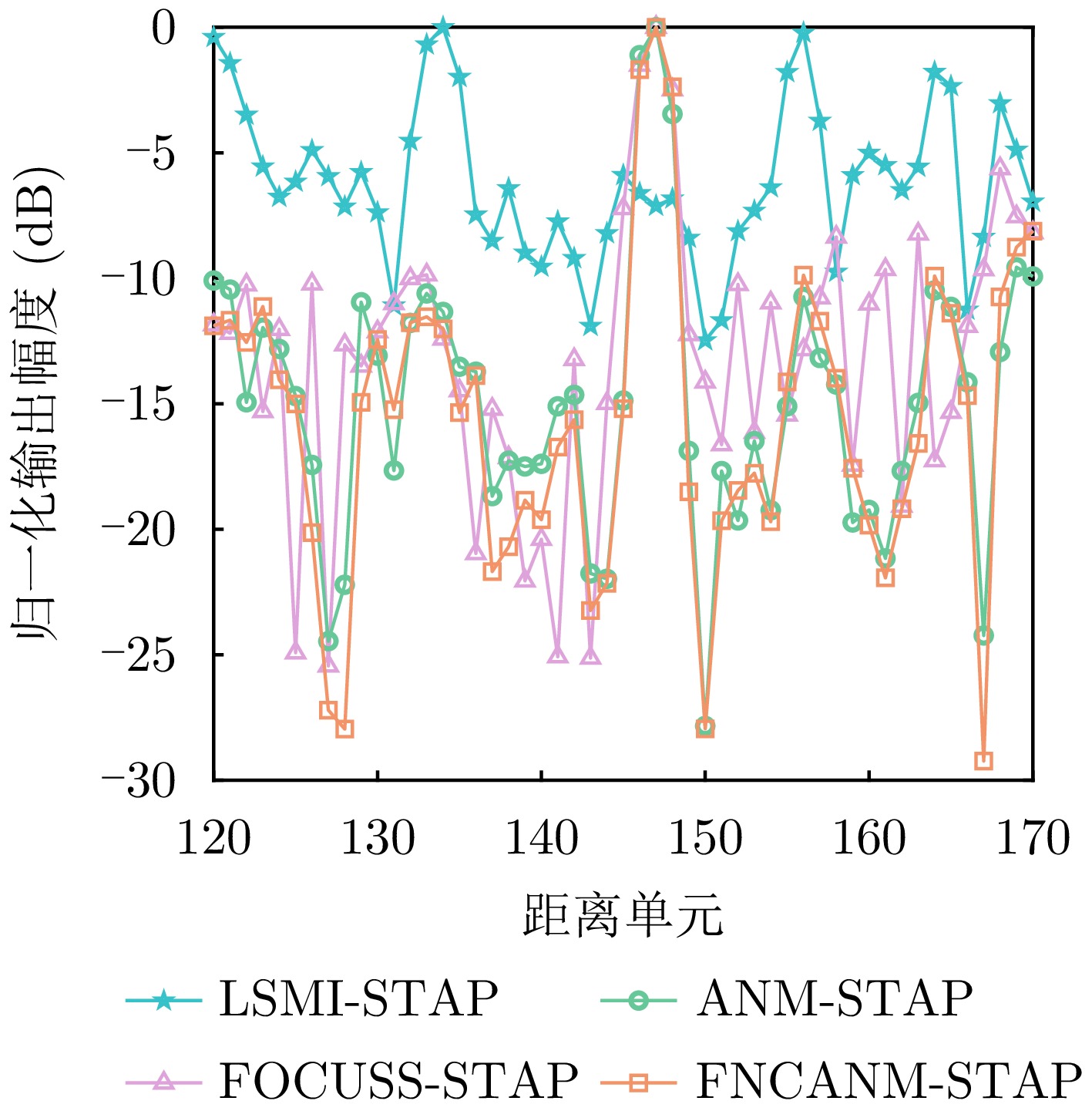| [1] |
谢文冲, 段克清, 王永良. 机载雷达空时自适应处理技术研究综述[J]. 雷达学报, 2017, 6(6): 575–586. doi: 10.12000/JR17073. XIE Wenchong, DUAN Keqing, and WANG Yongliang. Space time adaptive processing technique for airborne radar: An overview of its development and prospects[J]. Journal of Radars, 2017, 6(6): 575–586. doi: 10.12000/JR17073. |
| [2] |
REED I S, MALLETT J D, and BRENNAN L E. Rapid convergence rate in adaptive arrays[J]. IEEE Transactions on Aerospace and Electronic Systems, 1974, AES-10(6): 853–863. doi: 10.1109/TAES.1974.307893. |
| [3] |
KLEMM R. Comparison between monostatic and bistatic antenna configurations for STAP[J]. IEEE Transactions on Aerospace and Electronic Systems, 2000, 36(2): 596–608. doi: 10.1109/7.845248. |
| [4] |
MELVIN W L. A STAP overview[J]. IEEE Aerospace and Electronic Systems Magazine, 2004, 19(1): 19–35. doi: 10.1109/MAES.2004.1263229. |
| [5] |
KLEMM R. Adaptive airborne MTI: An auxiliary channel approach[J]. IEE Proceedings F (Communications, Radar and Signal Processing), 1987, 134(3): 269–276. doi: 10.1049/ip-f-1.1987.0054. |
| [6] |
HAIMOVICH A M and BAR-NESS Y. An eigenanalysis interference canceler[J]. IEEE Transactions on Signal Processing, 1991, 39(1): 76–84. doi: 10.1109/78.80767. |
| [7] |
MELVIN W L and SHOWMAN G A. An approach to knowledge-aided covariance estimation[J]. IEEE Transactions on Aerospace and Electronic Systems, 2006, 42(3): 1021–1042. doi: 10.1109/TAES.2006.248216. |
| [8] |
PILLAI S U, LIM Y L, and GUERCI J R. Generalized forward/backward subaperture smoothing techniques for sample starved STAP[J]. IEEE Transactions on Signal Processing, 2000, 48(12): 3569–3574. doi: 10.1109/78.887049. |
| [9] |
DONOHO D L. Compressed sensing[J]. IEEE Transactions on Information Theory, 2006, 52(4): 1289–1306. doi: 10.1109/TIT.2006.871582. |
| [10] |
MALLAT S G and ZHANG Zhifeng. Matching pursuits with time-frequency dictionaries[J]. IEEE Transactions on Signal Processing, 1993, 41(12): 3397–3415. doi: 10.1109/78.258082. |
| [11] |
MA Zeqiang, WANG Xiqin, LIU Yimin, et al. An overview on sparse recovery-based STAP[J]. Journal of Radars, 2014, 3(2): 217–228. doi: 10.3724/SP.J.1300.2014.14002. |
| [12] |
SUN Ke, MENG Huadong, WANG Yongliang, et al. Direct data domain STAP using sparse representation of clutter spectrum[J]. Signal Processing, 2011, 91(9): 2222–2236. doi: 10.1016/j.sigpro.2011.04.006. |
| [13] |
DUAN Keqing, WANG Zetao, XIE Wenchong, et al. Sparsity-based STAP algorithm with multiple measurement vectors via sparse Bayesian learning strategy for airborne radar[J]. IET Signal Processing, 2017, 11(5): 544–553. doi: 10.1049/iet-spr.2016.0183. |
| [14] |
BAI Gatai, TAO Ran, ZHAO Juan, et al. Parameter-searched OMP method for eliminating basis mismatch in space-time spectrum estimation[J]. Signal Processing, 2017, 138: 11–15. doi: 10.1016/j.sigpro.2017.03.003. |
| [15] |
TANG Gongguo, BHASKAR B N, SHAH P, et al. Compressed sensing off the grid[J]. IEEE Transactions on Information Theory, 2013, 59(11): 7465–7490. doi: 10.1109/TIT.2013.2277451. |
| [16] |
YANG Zai and XIE Lihua. On gridless sparse methods for line spectral estimation from complete and incomplete data[J]. IEEE Transactions on Signal Processing, 2015, 63(12): 3139–3153. doi: 10.1109/TSP.2015.2420541. |
| [17] |
CANDÈS E J and FERNANDEZ-GRANDA C. Towards a mathematical theory of super-resolution[J]. Communications on Pure and Applied Mathematics, 2014, 67(6): 906–956. doi: 10.1002/cpa.21455. |
| [18] |
LI Yuanxin and CHI Yuejie. Off-the-grid line spectrum denoising and estimation with multiple measurement vectors[J]. IEEE Transactions on Signal Processing, 2016, 64(5): 1257–1269. doi: 10.1109/TSP.2015.2496294. |
| [19] |
FENG Weike, GUO Yiduo, ZHANG Yongshun, et al. Airborne radar space time adaptive processing based on atomic norm minimization[J]. Signal Processing, 2018, 148: 31–40. doi: 10.1016/j.sigpro.2018.02.008. |
| [20] |
YANG Zai and XIE Lihua. Enhancing sparsity and resolution via reweighted atomic norm minimization[J]. IEEE Transactions on Signal Processing, 2016, 64(4): 995–1006. doi: 10.1109/TSP.2015.2493987. |
| [21] |
WU Xiaohuan, ZHU Weiping, and YAN Jun. A high-resolution DOA estimation method with a family of nonconvex penalties[J]. IEEE Transactions on Vehicular Technology, 2018, 67(6): 4925–4938. doi: 10.1109/TVT.2018.2817638. |
| [22] |
GAO Yiding, WU Min, HAO Chengpeng, et al. Fast sparse enhanced DOA estimation method without source number priors[J]. Journal of Naval Aviation University, 2024, 39(5): 515–522. doi: 10.7682/j.issn.2097-1427.2024.05.001. |
| [23] |
LI Zihao, WU Min, HAO Chengpeng, et al. Design of sparse reconfigurable array using reweighted atomic norm minimization[J]. Acta Acustica, 2023, 48(6): 1174–1188. doi: 10.12395/0371-0025.2022071. |
| [24] |
LI Zhongyue and WANG Tong. ADMM-based low-complexity off-grid space-time adaptive processing methods[J]. IEEE Access, 2020, 8: 206646–206658. doi: 10.1109/ACCESS.2020.3037652. |
| [25] |
HALKO N, MARTINSSON P G, and TROPP J A. Finding structure with randomness: Probabilistic algorithms for constructing approximate matrix decompositions[J]. SIAM Review, 2011, 53(2): 217–288. doi: 10.1137/090771806. |
| [26] |
CHANDRA K, XIE A, RAGAN-KELLEY J, et al. Gradient descent: The ultimate optimizer[C]. 36th International Conference on Neural Information Processing Systems, New Orleans, USA, 2022: 597.
|
| [27] |
CARLSON B D. Covariance matrix estimation errors and diagonal loading in adaptive arrays[J]. IEEE Transactions on Aerospace and Electronic Systems, 1988, 24(4): 397–401. doi: 10.1109/7.7181. |
| [28] |
ZHOU Zhiyong and YU Jun. A new nonconvex sparse recovery method for compressive sensing[J]. Frontiers in Applied Mathematics and Statistics, 2019, 5: 14. doi: 10.3389/fams.2019.00014. |
| [29] |
CHI Yuejie and FERREIRA DA COSTA M. Harnessing sparsity over the continuum: Atomic norm minimization for superresolution[J]. IEEE Signal Processing Magazine, 2020, 37(2): 39–57. doi: 10.1109/MSP.2019.2962209. |
| [30] |
ECKSTEIN J and YAO Wang. Relative-error approximate versions of Douglas-Rachford splitting and special cases of the ADMM[J]. Mathematical Programming, 2018, 170(2): 417–444. doi: 10.1007/s10107-017-1160-5. |
| [31] |
RONTSIS N, GOULART P, and NAKATSUKASA Y. Efficient semidefinite programming with approximate ADMM[J]. Journal of Optimization Theory and Applications, 2022, 192(1): 292–320. doi: 10.1007/s10957-021-01971-3. |
| [32] |
YANG Zai, XIE Lihua, and STOICA P. Vandermonde decomposition of multilevel toeplitz matrices with application to multidimensional super-resolution[J]. IEEE Transactions on Information Theory, 2016, 62(6): 3685–3701. doi: 10.1109/TIT.2016.2553041. |
| [33] |
BOYD S, PARIKH N, CHU E, et al. Distributed optimization and statistical learning via the alternating direction method of multipliers[J]. Foundations and Trends® in Machine Learning, 2010, 3(1): 1–122. doi: 10.1561/2200000016. |
| [34] |
CHEN Tiancheng, MENG Yang, ZHOU Guoru, et al. An improved imaging method for highly-squinted SAR based on hyper-optimized admm[C]. 2023 IEEE International Geoscience and Remote Sensing Symposium, Pasadena, USA, 2023: 4548–4551. doi: 10.1109/IGARSS52108.2023.10281842. |
| [35] |
LIU Weijian, XIE Wenchong, LI Rongfeng, et al. Adaptive detectors in the Krylov subspace[J]. Science China Information Sciences, 2014, 57(10): 1–11. doi: 10.1007/s11432-014-5080-1. |
| [36] |
BRENNAN L E and REED L S. Theory of adaptive radar[J]. IEEE Transactions on Aerospace and Electronic Systems, 1973, AES-9(2): 237–252. doi: 10.1109/TAES.1973.309792. |
| [37] |
ROBEY F C, FUHRMANN D R, KELLY E J, et al. A CFAR adaptive matched filter detector[J]. IEEE Transactions on Aerospace and Electronic Systems, 1992, 28(1): 208–216. doi: 10.1109/7.135446. |
| [38] |
TITI G W and MARSHALL D F. The ARPA/NAVY mountaintop program: Adaptive signal processing for airborne early warning radar[C]. 1996 IEEE International Conference on Acoustics, Speech, and Signal Processing Conference Proceedings, Atlanta, USA, 1996: 1165–1168. doi: 10.1109/ICASSP.1996.543572. |
| [39] |
AUBRY A, DE MAIO A, PALLOTTA L, et al. Covariance matrix estimation via geometric barycenters and its application to radar training data selection[J]. IET Radar, Sonar & Navigation, 2013, 7(6): 600–614. doi: 10.1049/iet-rsn.2012.0190. |




 Submit Manuscript
Submit Manuscript Peer Review
Peer Review Editor Work
Editor Work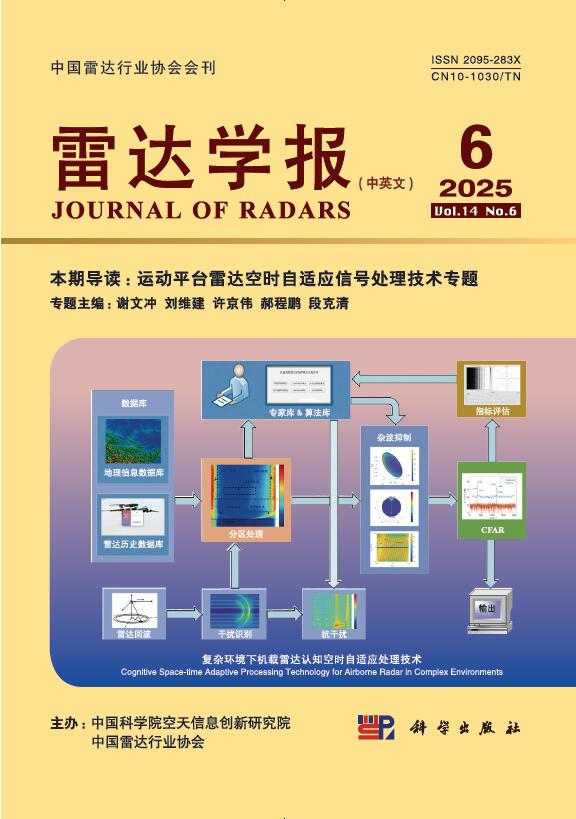





 DownLoad:
DownLoad:

